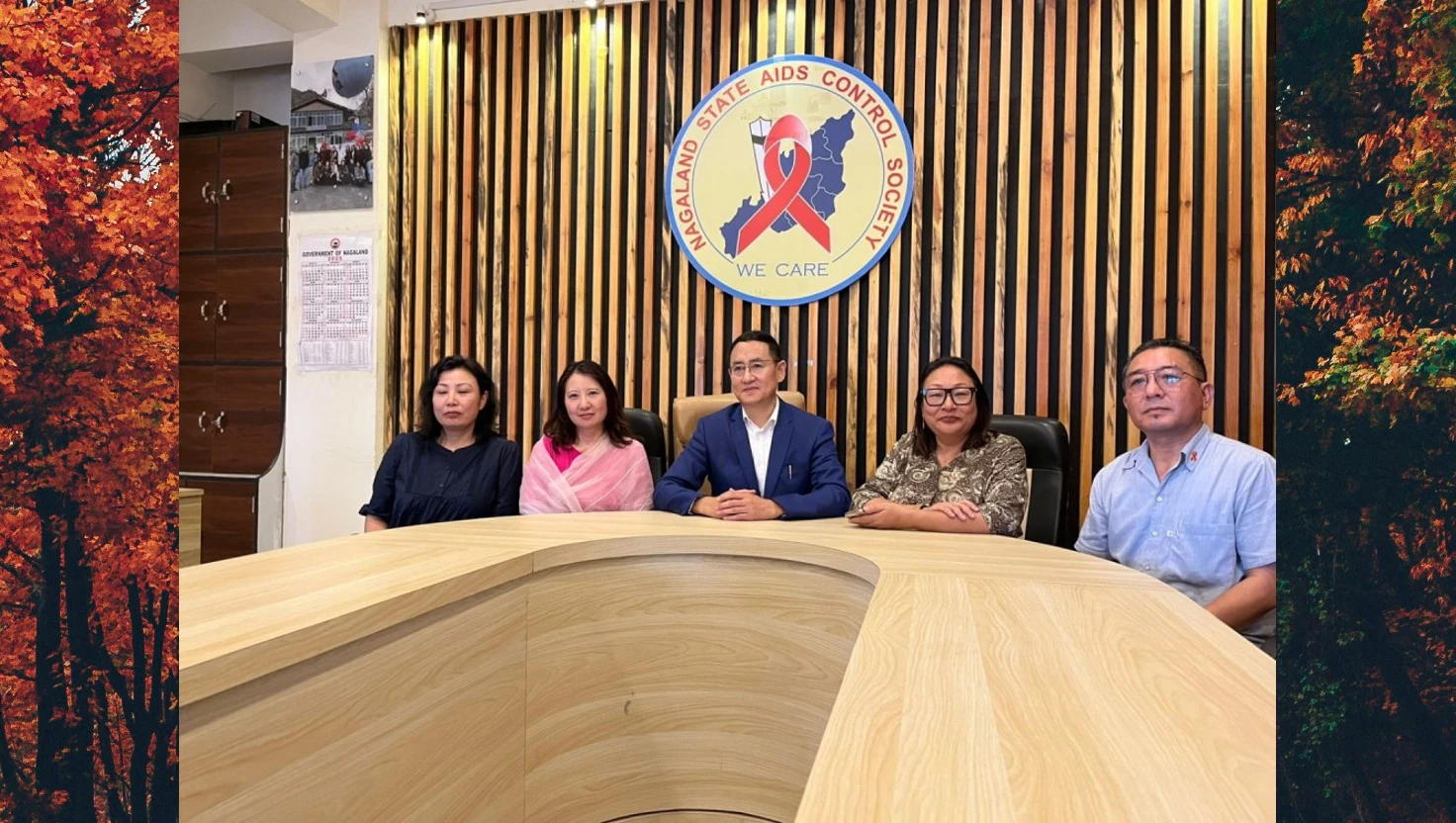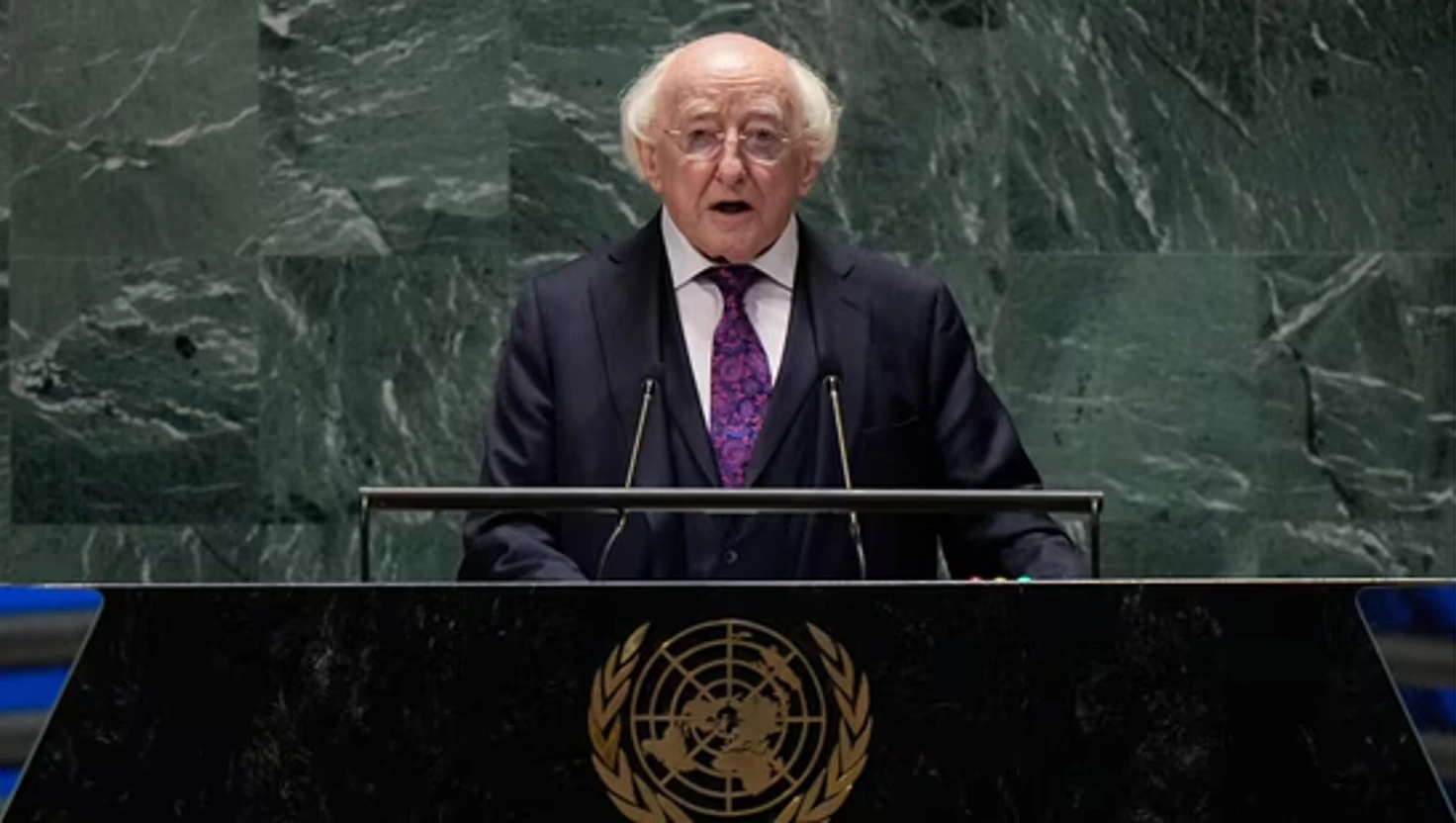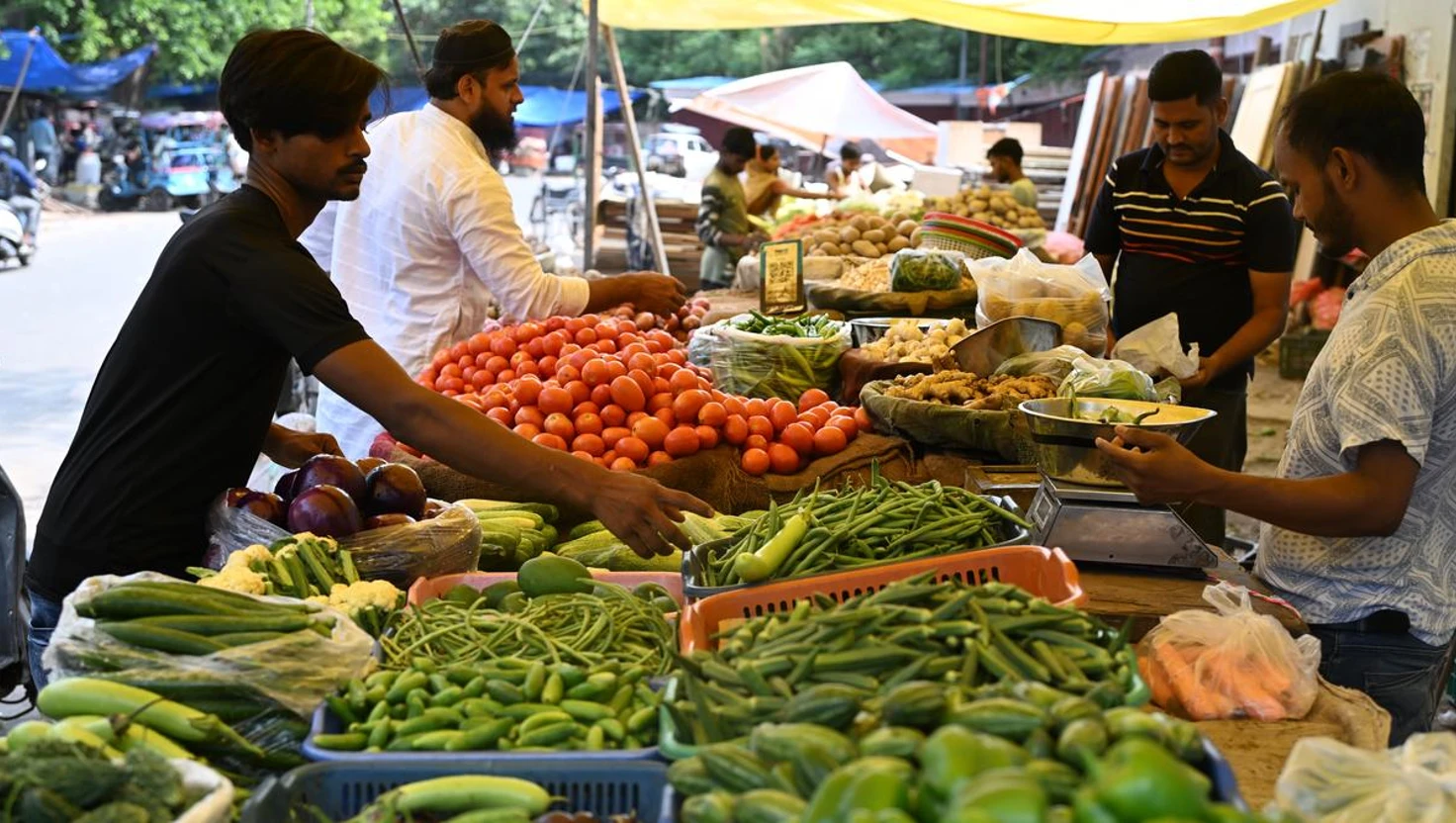Nagaland Launches Campaign Against High HIV Prevalence Rates

Nagaland Launches Campaign Against High HIV Prevalence Rates
Nagaland begins a two-month awareness initiative to combat the state's second-highest HIV prevalence in India, affecting 1.37% of adults.
Nagaland, a state in northeastern India, has inaugurated a two-month awareness campaign aimed at addressing its alarmingly high HIV prevalence rate. With recent statistics indicating that 1.37 per cent of the adult population aged between 15 and 49 is affected, state authorities are intensifying their efforts to educate the public on prevention and treatment options.
Campaign Overview
The initiative was officially launched by Health Minister P Paiwang Konyak, who highlighted that although the trend of new HIV infections is decreasing, the current figures remain concerning. The Minister noted that unprotected sexual contact is the primary mode of transmission, accounting for approximately 85 per cent of cases. Other significant transmission routes include the use of injected drugs, which contributes 8.7 per cent, and transmission from mother to child, which is responsible for 5.4 per cent of cases, according to data provided by the National AIDS Control Organisation (NACO).
Public Health Goals
The campaign, known as the Intensified IEC (Information, Education, and Communication) Campaign 2025, is being launched in conjunction with International Youth Day, highlighting the importance of youth engagement in health initiatives. The programme's primary goal is to enhance awareness regarding HIV and sexually transmitted infections (STIs) among the broader population. By fostering public knowledge, officials hope to dispel misconceptions and combat the stigma often associated with HIV.
Community Engagement
Dr Ahu Sekhose, the Project Director of the Nagaland State AIDS Control Society (NSACS), encouraged various stakeholders, including community leaders and educational institutions, to collaborate in promoting this crucial initiative. The campaign is set to run until October 12 and plans to reach out to approximately 520 villages across the state, aiming for extensive grassroots engagement.
Planned Activities
The campaign will feature a variety of activities tailored to engage community members and encourage active participation in health discourse. Initiatives include village meetings, school and college awareness programmes, special HIV and STI testing camps, and awareness bike rallies. Additionally, telephone consultations and partnerships with local artists will also be employed to reach a broader audience.
Participants can expect various engaging formats, such as folk performances and flash mob presentations, to enhance understanding and interest in HIV prevention methods. Social media will also play a critical role by disseminating information about HIV routes of transmission, prevention strategies, and available healthcare services.
Previous Success
The NSACS reports that the previous year's campaign significantly impacted public awareness, reaching over 115,541 individuals through various means, including educational materials and live performances. This year aims to build on that success by addressing gaps from previous outreach efforts, further ensuring that even the most hard-to-reach communities are included.
Looking Ahead
It is crucial for the state to continue its proactive efforts in managing and reducing HIV prevalence rates. The community-focused approach employed in this initiative signifies a vital step towards achieving comprehensive public health goals. By fostering education and reducing stigma, Nagaland hopes to create a more informed and healthier society, ultimately leading to better outcomes for those affected by HIV.
This campaign thus not only addresses immediate public health concerns but also seeks to instil a culture of support and understanding around HIV and STIs, which are often overshadowed by misconceptions and fear.
For more information about HIV testing and resources, individuals can contact the National AIDS Helpline at 1097.
Campaign Overview
The initiative was officially launched by Health Minister P Paiwang Konyak, who highlighted that although the trend of new HIV infections is decreasing, the current figures remain concerning. The Minister noted that unprotected sexual contact is the primary mode of transmission, accounting for approximately 85 per cent of cases. Other significant transmission routes include the use of injected drugs, which contributes 8.7 per cent, and transmission from mother to child, which is responsible for 5.4 per cent of cases, according to data provided by the National AIDS Control Organisation (NACO).
Public Health Goals
The campaign, known as the Intensified IEC (Information, Education, and Communication) Campaign 2025, is being launched in conjunction with International Youth Day, highlighting the importance of youth engagement in health initiatives. The programme's primary goal is to enhance awareness regarding HIV and sexually transmitted infections (STIs) among the broader population. By fostering public knowledge, officials hope to dispel misconceptions and combat the stigma often associated with HIV.
Community Engagement
Dr Ahu Sekhose, the Project Director of the Nagaland State AIDS Control Society (NSACS), encouraged various stakeholders, including community leaders and educational institutions, to collaborate in promoting this crucial initiative. The campaign is set to run until October 12 and plans to reach out to approximately 520 villages across the state, aiming for extensive grassroots engagement.
Planned Activities
The campaign will feature a variety of activities tailored to engage community members and encourage active participation in health discourse. Initiatives include village meetings, school and college awareness programmes, special HIV and STI testing camps, and awareness bike rallies. Additionally, telephone consultations and partnerships with local artists will also be employed to reach a broader audience.
Participants can expect various engaging formats, such as folk performances and flash mob presentations, to enhance understanding and interest in HIV prevention methods. Social media will also play a critical role by disseminating information about HIV routes of transmission, prevention strategies, and available healthcare services.
Previous Success
The NSACS reports that the previous year's campaign significantly impacted public awareness, reaching over 115,541 individuals through various means, including educational materials and live performances. This year aims to build on that success by addressing gaps from previous outreach efforts, further ensuring that even the most hard-to-reach communities are included.
Looking Ahead
It is crucial for the state to continue its proactive efforts in managing and reducing HIV prevalence rates. The community-focused approach employed in this initiative signifies a vital step towards achieving comprehensive public health goals. By fostering education and reducing stigma, Nagaland hopes to create a more informed and healthier society, ultimately leading to better outcomes for those affected by HIV.
This campaign thus not only addresses immediate public health concerns but also seeks to instil a culture of support and understanding around HIV and STIs, which are often overshadowed by misconceptions and fear.
For more information about HIV testing and resources, individuals can contact the National AIDS Helpline at 1097.

Ireland President ‘unequivocally’ condemns attacks on Indian community
Irish President Michael D. Higgins condemns recent violent attacks on the Indian community, emphasising their contributions to Irish society.
| 2025-08-13

India's Retail Inflation Hits Eight-Year Low at 1.55% in July
India's retail inflation fell to 1.55% in July 2025, the lowest since 2017, primarily due to lower food prices, impacting farmers.
| 2025-08-13

Microsoft Stock Gains as Edge Promotes Over Chrome Browser Use
Microsoft's share prices rise after it encourages users to switch from Chrome to Edge, sparking discussions on user experience and browser competition.
| 2025-08-13

Jr NTR Warns Disruptive Fan at War 2 Event in Hyderabad
Actor Jr NTR paused his speech at the War 2 pre-release event to warn a disruptive fan, as excitement builds for his Bollywood debut with Hrithik Roshan.
| 2025-08-12

JSW Cement IPO Oversubscribed Nearly Eight Times on Final Day
JSW Cement’s ₹3,600 crore IPO closes with 7.77 times subscription, strong QIB demand, and listing set for 14 August on BSE and NSE.
| 2025-08-12




